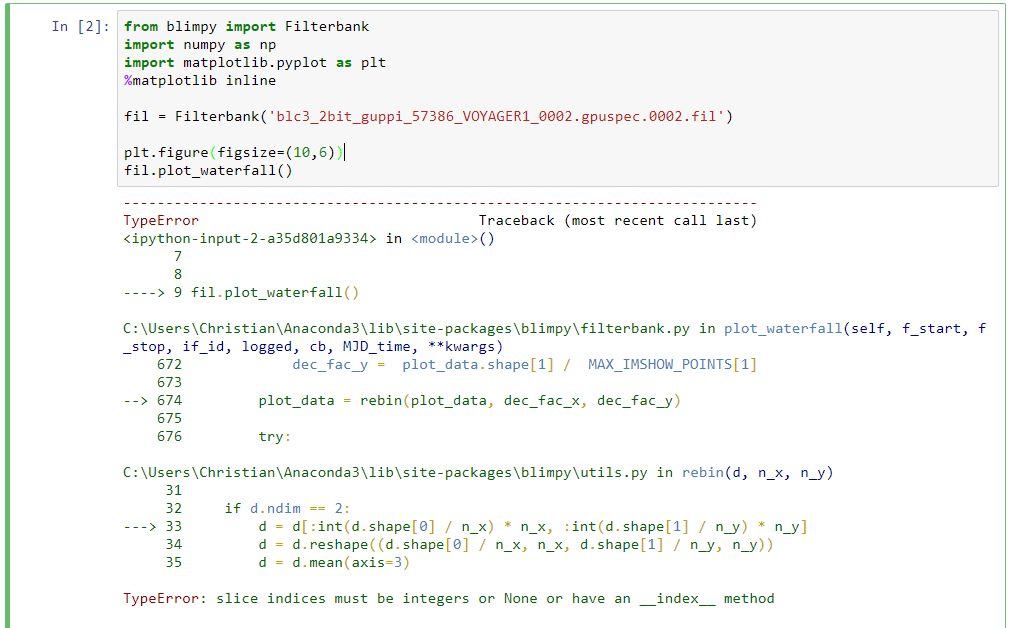How does SETI even happen anyways? Throughout this class, we have read about a variety of performed searches including wide-field optical surveys, archival image analyses, and looking for outliers in infrared relations to name a few. But by far the largest SETI effort ever is the currently running Breakthrough Listen project at UC Berkeley.
Breakthrough Listen is billed as being the “the largest ever scientific research program aimed at finding evidence of civilizations beyond Earth“. Granted, being the biggest SETI project ever is not exactly the hardest title to take. One very rich person could fund it themselves. Which is exactly what is happening here with $100 million in funding provided by an Israeli-Russian entrepreneur, part of which is used to pay for radio wave observations from the Green Bank Observatory (the largest fully steerable radio telescope) and the Parkes Observatory.
One of the coolest things that the Breakthrough Listen team is doing is making most of their software and data available to the public. The data can be found at Breakthroughs website and most of the software can be found Breakthrough’s GitHub page. Now, what if you wanted to try doing some basic radio SETI analysis of their data yourself? Well, (assuming you are already comfortable using Python) they have some tutorials to get you started!
But hmm what’s this? After downloading the sample data provided in their tutorial folders and the official Breakthrough Listen I/O Methods for Python (blimpy) package, your code breaks on the first line?

That sucks. But what Python version are you using? How about your operating system? Does any of that even matter? What am I supposed to be using if so? All important questions that are not so obviously answered by the documentation for someone with no experience with the software (like this author).
“I thought tutorials were just supposed to work?” you might say. Well, we here at Penn State think so too. Thanks to your friendly neighborhood graduate student, this might actually be fixed sometime in the next couple months!
Some of the documentation and tutorials are already being fixed. I have rewritten the README file for the blimpy package that is being developed to do these types of analysis as well as tweaking the tutorials to make them more clear and the changes will be approved shortly. I have also formally submitted the issues I found to the blimpy developers (along with example code that they can look at) so that they can address the issues promptly. I hear that a hackathon is already in the works to do so.
For a more in-depth write-up about the progress of this project click this.
